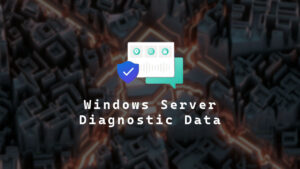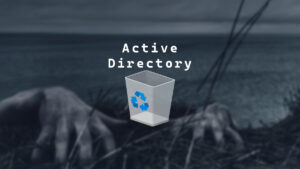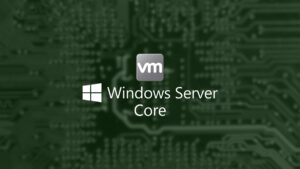
Disable Windows Server 2025 Diagnostic Data Screen
With Windows Server 2025, Microsoft is more in your face about sending your diagnostic data to them. I am okay with sending them the data if it helps make their products better. What I have a problem with is that the send diagnostic data to Microsoft screen is displayed on every first logon on each…












